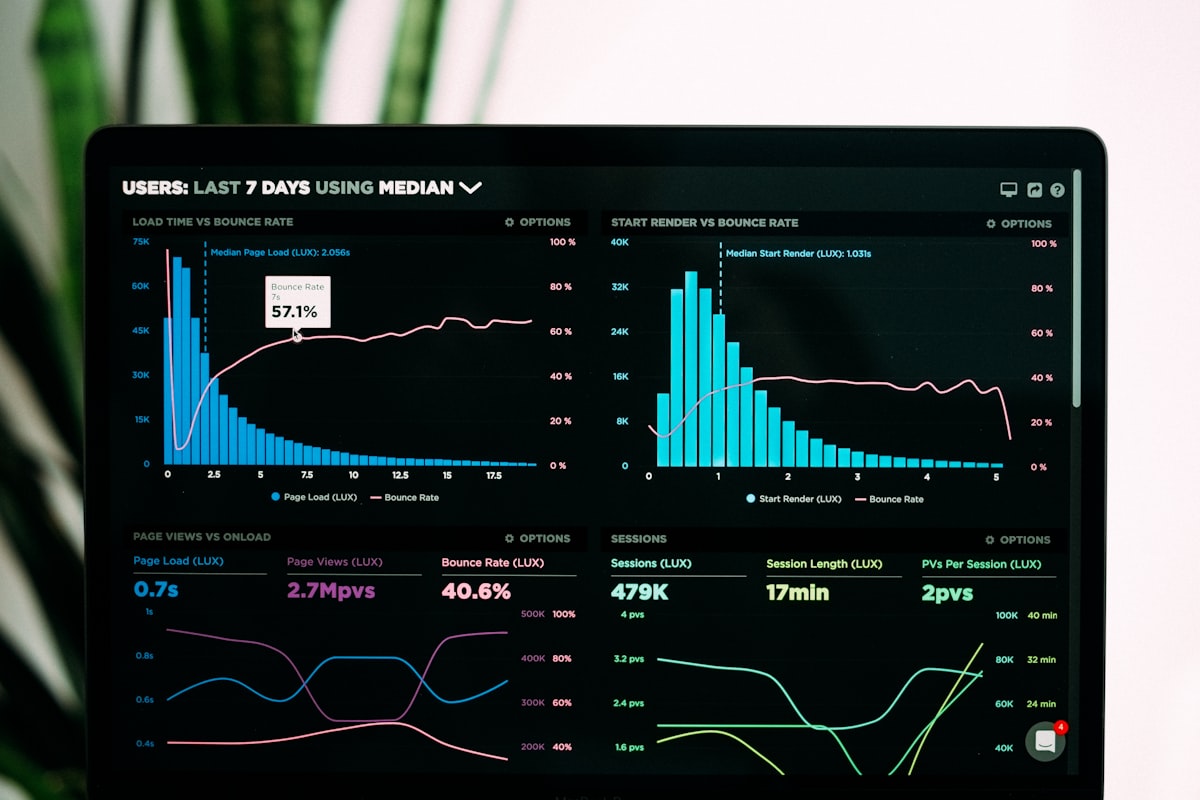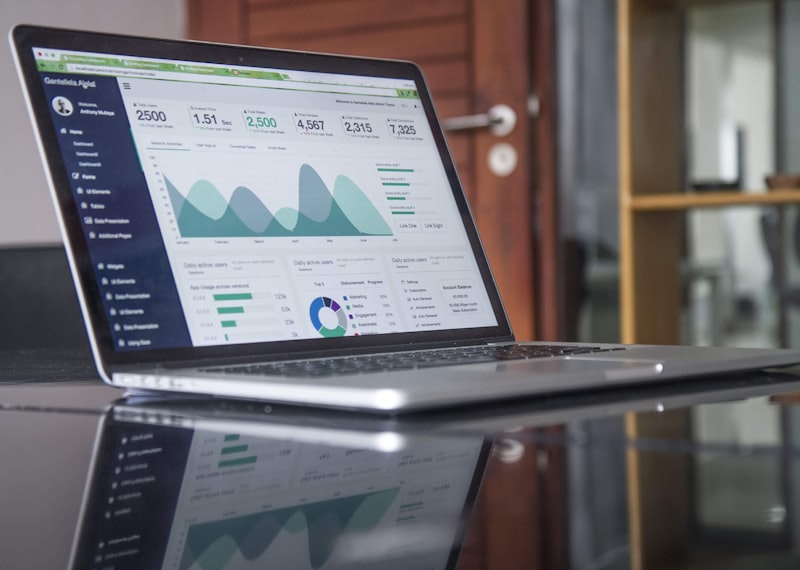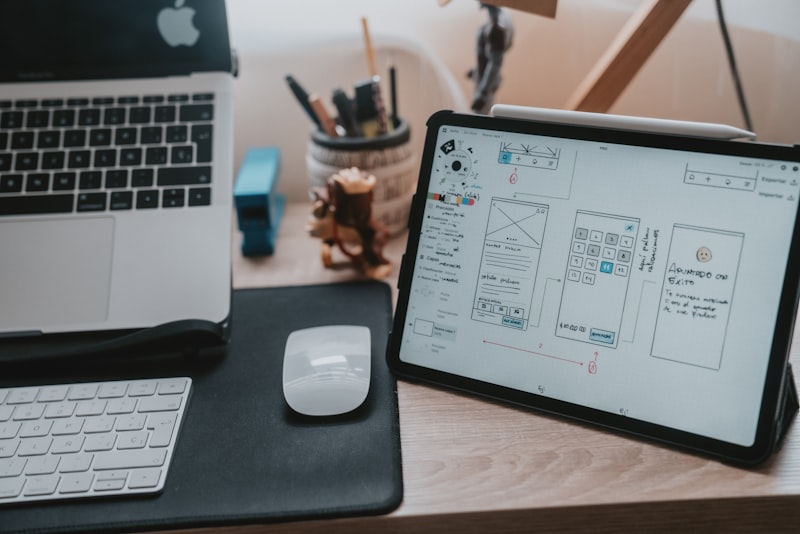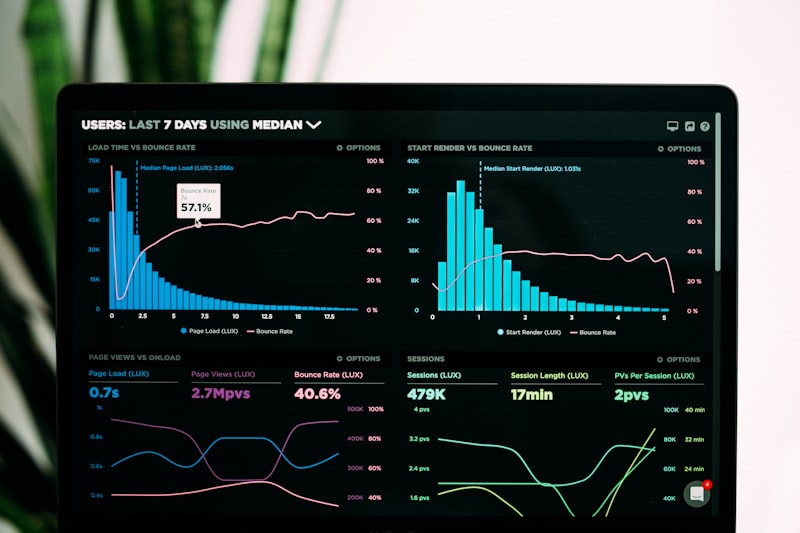Return on Investment (ROI) has become the ultimate litmus test for digital marketing success in 2025. As marketing budgets face increased scrutiny and competition for consumer attention intensifies, businesses can no longer afford to operate on gut instinct or vanity metrics. ROI in digital marketing specifically measures the revenue generated from marketing efforts relative to the amount spent, providing a clear picture of campaign effectiveness and profitability.
The significance of accurate ROI measurement extends beyond simple profit calculations. It enables strategic decision-making, budget allocation optimization, and demonstrates marketing's direct contribution to business growth. In today's data-rich environment, companies that master ROI optimization gain a competitive advantage by identifying high-performing channels, eliminating wasteful spending, and scaling successful campaigns with confidence.
Understanding Key ROI Metrics and Measurement Tools
Effective ROI optimization begins with understanding and tracking the right metrics. While basic ROI calculation (Revenue - Cost) / Cost × 100 provides a foundation, digital marketers in 2025 rely on more sophisticated metrics that offer deeper insights into campaign performance and customer behavior.
Essential metrics for ROI optimization include:
- Customer Acquisition Cost (CAC): The total cost of acquiring a new customer, including all marketing and sales expenses
- Customer Lifetime Value (LTV): The predicted revenue a customer will generate throughout their relationship with your business
- Return on Ad Spend (ROAS): Revenue generated for every dollar spent on advertising, providing immediate campaign feedback
- Cost Per Click (CPC) and Cost Per Acquisition (CPA): Granular metrics that help optimize individual campaign elements
- Attribution modeling: Multi-touch attribution that tracks the customer journey across multiple touchpoints
Modern analytics platforms like Google Analytics 4, Adobe Analytics, and specialized tools like Mixpanel or Amplitude provide sophisticated tracking capabilities. These platforms enable marketers to implement advanced attribution models, track cross-device user behavior, and measure the impact of upper-funnel activities that may not directly convert but influence purchase decisions.

2025 Trends in Campaign Optimization
The digital marketing landscape in 2025 is characterized by intelligent automation, privacy-first strategies, and hyper-personalization. Artificial intelligence has evolved from a nice-to-have tool to an essential component of ROI optimization, enabling marketers to process vast amounts of data and make real-time optimization decisions that would be impossible manually.
AI-Powered Targeting and Automation
Machine learning algorithms now analyze user behavior patterns, predict purchase intent, and automatically adjust bidding strategies to maximize ROI. Platforms like Google Ads and Facebook Ads have integrated sophisticated AI systems that optimize campaigns in real-time, adjusting targeting parameters, ad creative selection, and budget allocation based on performance data.
Smart bidding strategies have become particularly effective, with algorithms processing hundreds of signals simultaneously to determine the optimal bid for each auction. This level of automation allows marketers to maintain competitive performance while focusing on strategic planning and creative development rather than manual bid management.
"The most successful digital marketers in 2025 are those who leverage AI as a strategic partner, combining human creativity and strategic thinking with machine learning's analytical power and speed."
Privacy-First Marketing and First-Party Data
With the deprecation of third-party cookies and increasing privacy regulations, successful ROI optimization now depends heavily on first-party data strategies. Companies are investing in customer data platforms (CDPs) and building direct relationships with customers through email marketing, loyalty programs, and owned digital properties.
This shift has actually improved ROI measurement accuracy in many cases, as first-party data provides more reliable and comprehensive customer insights than third-party tracking ever could. Brands that have successfully transitioned to first-party data strategies report more accurate attribution, improved personalization capabilities, and stronger customer relationships.
Actionable Strategies for ROI Maximization
Maximizing digital marketing ROI requires a systematic approach that combines strategic channel selection, continuous testing, and data-driven optimization. The most successful campaigns in 2025 follow a framework that prioritizes high-impact activities while maintaining flexibility to adapt to changing market conditions.
Strategic Channel Mix and Budget Allocation
Effective budget allocation starts with understanding each channel's role in the customer journey. Search advertising typically generates immediate, measurable ROI but may have limited scale. Social media advertising can provide broad reach and brand awareness but may require longer attribution windows to demonstrate full value. Email marketing often delivers the highest ROI but depends on existing subscriber lists.
The optimal channel mix varies by industry and business model, but successful strategies typically follow the 70-20-10 rule: 70% of budget allocated to proven, high-performing channels; 20% to promising channels with growth potential; and 10% to experimental or emerging channels. This approach ensures stability while allowing for innovation and growth.
Advanced A/B Testing and Optimization
Continuous testing remains fundamental to ROI optimization, but the sophistication of testing methodologies has advanced significantly. Multivariate testing, statistical significance calculation, and holdout groups are now standard practice. Advanced marketers are implementing more complex testing frameworks, including incrementality testing to measure true lift from marketing activities.
Testing priorities should focus on elements with the highest potential impact: audience targeting, creative messaging, landing page optimization, and bid strategies. The key is maintaining a structured testing calendar that ensures statistical validity while generating actionable insights for campaign improvement.
Future-Proofing Your ROI Strategy
As we progress through 2025, the digital marketing landscape continues evolving rapidly. Successful ROI optimization requires balancing current performance with preparation for future changes. This includes investing in marketing technology infrastructure, developing team capabilities in data analysis and AI tools, and maintaining flexibility to adapt strategies as new platforms and technologies emerge.
The companies achieving the highest digital marketing ROI in 2025 share common characteristics: they prioritize data quality over quantity, invest in long-term customer relationships rather than just immediate conversions, and maintain a culture of continuous testing and optimization. They understand that sustainable ROI growth comes from building systematic advantages in data, technology, and strategic thinking rather than relying on tactical tricks or temporary opportunities.
By implementing these strategies and maintaining focus on measurable outcomes, digital marketers can not only maximize their current ROI but build the foundation for sustained success in an increasingly competitive and complex digital landscape. The key is starting with solid fundamentals—accurate measurement, clear objectives, and systematic optimization—then layering on advanced techniques as capabilities and confidence grow.




